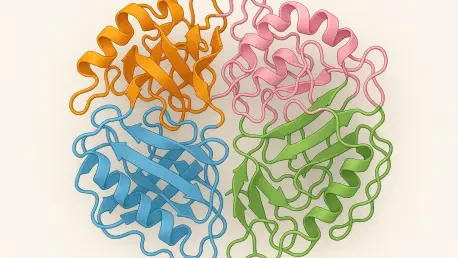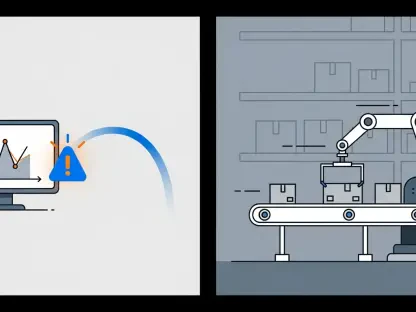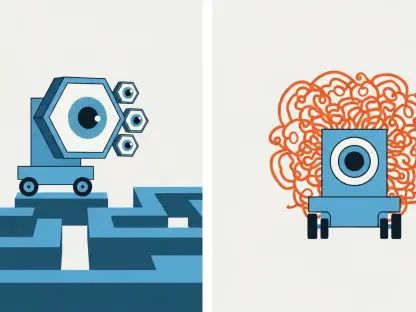In the realm of modern medicine, protein mislocalization within cells is a critical issue contributing to a plethora of diseases, including Alzheimer’s and cystic fibrosis. Groundbreaking research from teams at MIT, Harvard, and the Broad Institute illuminates a promising path forward, leveraging artificial intelligence to predict protein locations with remarkable precision. This innovation addresses one of the most time-consuming and costly aspects of biomedical research: the traditional methods of identifying the locations of approximately 70,000 diverse proteins within a single cell. With AI, this task transitions from labor-intensive efforts toward highly efficient computational predictions.
AI-Driven Methodology and Insights
Cutting-edge machine learning models form the cornerstone of this research, offering a sophisticated computational approach to identifying protein locations within cells. Leveraging existing datasets like the Human Protein Atlas, which maps over 13,000 proteins across numerous cell lines, researchers developed an enhanced model known as PUPS. This sophisticated model combines a protein language model and an image inpainting model, a fusion that enables predictions at the single-cell level. The model extracts localization data based on a protein’s amino acid sequence while simultaneously imaging cellular elements to identify states and features.
This dual approach not only bypasses the need for exhaustive manual testing but also allows for accurate predictions of previously untested proteins and cell types. By addressing the limitations of traditional AI methodologies, which offer only general estimates, the PUPS model excels in providing detailed predictions. This advancement significantly reduces both time and resource burdens in scientific pursuits, promising faster, more effective preliminary screening, and even aiding in disease diagnosis and drug target identification.
Key Findings and Implications
The innovative PUPS model has shown substantial promise through lab experiments validating its predictions, significantly outperforming baseline AI methods by reducing prediction errors. Its unprecedented ability to predict the location of proteins, even those with unique mutations not present in existing data, stands out. By eliminating the need for prior protein staining, the model offers a flexible, efficient alternative to conventional techniques.
These advancements propel the field toward automation, enhancing the accuracy and breadth of biological research. Single-cell localization, facilitated by AI, marks a transformative shift—emphasizing the model’s ability to generalize across proteins and various cell lines. Such findings suggest profound potential impacts across diagnostics, therapeutics, and our broader understanding of disease mechanisms, driving the field of precision medicine forward.
Future Directions and Considerations
Reflecting on this study, researchers recognized the challenges of developing models that can universally apply to vast protein and cell type diversities. Addressing these challenges necessitated innovative approaches enriching the model’s capabilities to adapt and learn from new protein and cell data—akin to educational techniques broadening a student’s understanding through varied exercises.
Looking ahead, there is a keen aspiration to extend this research toward predicting protein interactions and localizations within multi-protein environments in cells. Long-term goals include adapting these predictions to living tissues, enriching comprehension of both physiological and pathological processes. Such enhancements would not only further underscore the model’s adaptability and accuracy but also elevate its application potential in real-world medical contexts.
Transformative Potential in Precision Medicine
This research has solidified the role of artificial intelligence in revolutionizing our approach to protein localization within human cells, presenting a major leap in predictive accuracy and research efficiency. These insights pave the way for novel diagnostic and therapeutic strategies, heralding a new era in medicine. By exploiting the strengths of AI and fostering interdisciplinary collaboration, researchers have unlocked new dimensions in understanding complex biology, marking significant strides toward automated, precise explorations of cellular function. This progress signifies an exciting new frontier in scientific inquiry and medical advancements, poised to transform future healthcare landscapes.









